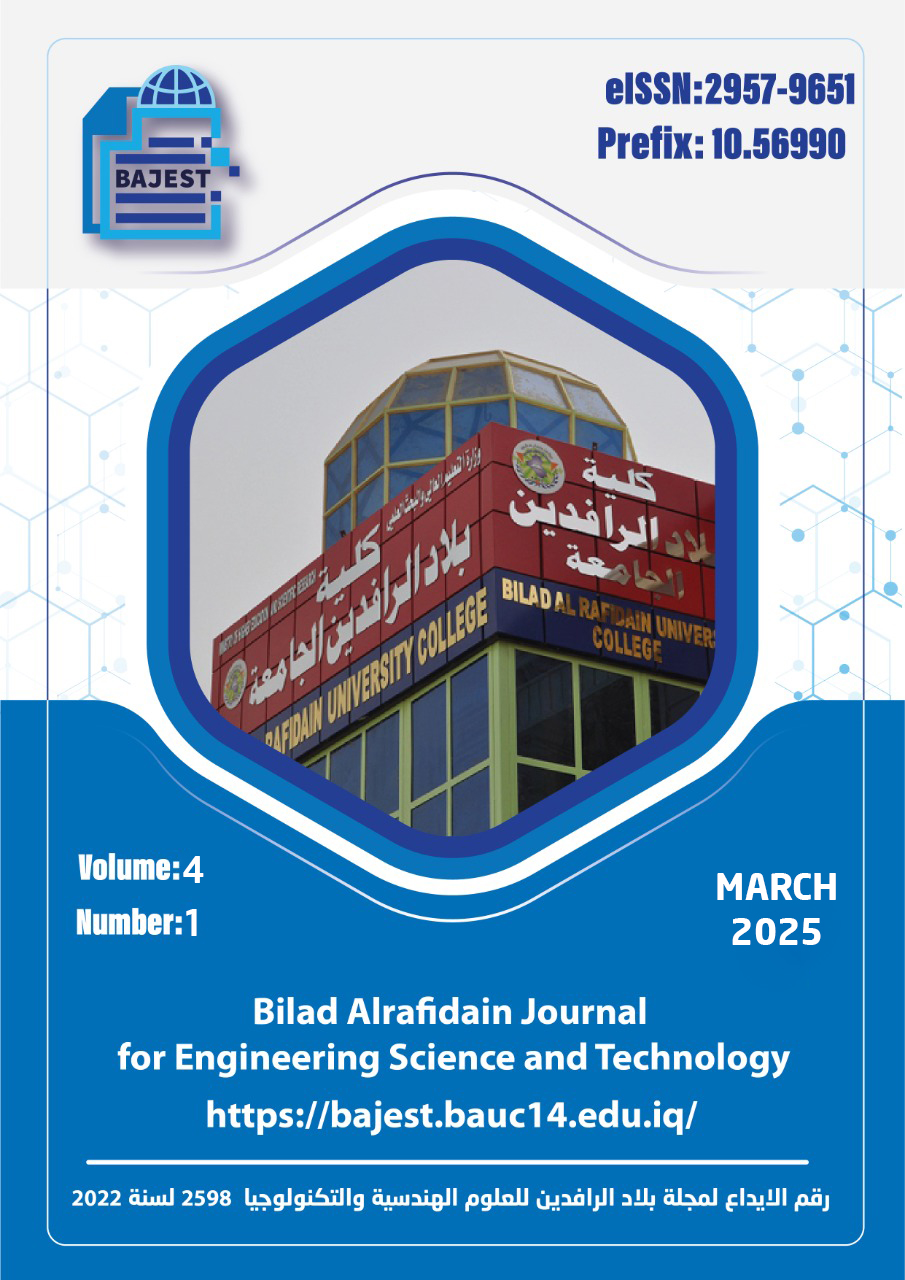Analysis Experimental and Numerical of Pounding Between Two Adjacent Structures with Unequal Highs
Main Article Content
Abstract
Buildings nearby with different mass and heights, making it dangerous, cause the pounding to happen when two structures collide as a result of lateral movements caused by external forces. The results of an experimental and numerical analysis of pounding between two adjacent buildings are presented in this paper. To investigate two neighboring steel models, five-story and eight-story models, with different gap distances (zero-2-3) centimeters between the two steel models under ground motion during the El-Centro earthquake. To investigate how the buildings respond to pounding in experimental work using a shaking table and numerical analysis by using ABAQUS's finite element modeling software. The experimental study's findings suggest that pounding may affect a structure's response to an earthquake, especially at zero-gap. Display the results of the maximum displacement and acceleration for various gap distance reductions in value at (2-3) cm there’s no pounding. The difference in displacement and acceleration outcomes between theory and experiment El-Centro earthquake at zero-gap, that’s displacement, and acceleration at five-story for the five-story model is about (1%, 14%), and for the eight-story model is about (3%, 4%).
Downloads
Article Details
Section

This work is licensed under a Creative Commons Attribution 4.0 International License.





